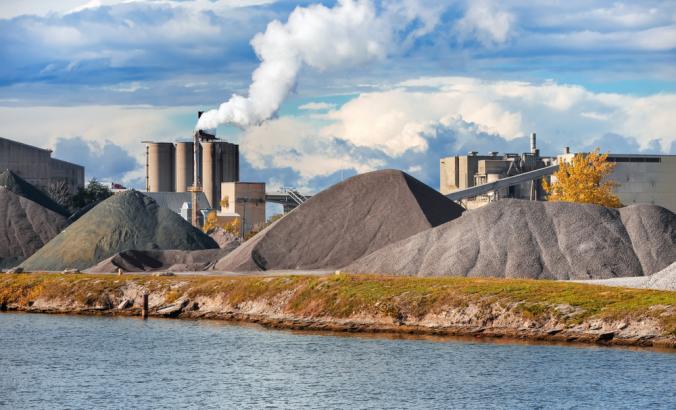How to protect nature on your home turf

I recently had the honor and pleasure of meeting Mary Robinson, the first female president of Ireland, a global advocate for women and children and a leader in climate change justice. She was fresh from the U.N. Climate Change Conference (COP21) in Paris and optimistic about the result.
As we talked, she told me that the two forces that could make a huge difference in progress towardCOP21 goalswere women and business. She felt it essential to harness the passion and power of women who, in the developing world, will be hardest hit by a changing climate, and to harness the power of business to create passion and momentum toward the goal of keeping global temperature rise significantly beneath 2 degrees Celsius.
A tree planted in the ground at a corporate campus can be as valuable as a tree planted in protected woodlands.
Her exhortation that business is an essential player in this issue echoes so many others who are beginning to understand that business has, for many reasons, a key role to play in protecting our planet.
Wildlife Habitat Council’s mission is to facilitate business playing this key role with respect to biodiversity and the conservation of nature. Our "big tent" approach welcomes all comers who want to work with us to restore, improve or protect nature.
If a company wants to act to improve its lands for nature, we want to encourage and enable it to do so, whatever the scope of its aspirations. We do this by working with it to design strong and appropriate projects and recognize its efforts. When we evaluate projects, we evaluate their impacts on nature, employees and community.
Our unstated mission is to place upward pressure on industry to adopt better practices in its operations and on its lands. We do this not by advocacy, policy or litigation, but through "show and tell," by working with the individuals on the ground who conceive the projects, implement them, own them and transmit their successes up through the corporate chain. Once this is repeated across locations within a company, it can become embedded in the culture of the company and lead to fundamental changes in both culture and operations. Imagine if conservation programs on corporate lands become as common as recycling in corporate offices. That’s the goal.
In terms of conservation outcomes, there are some compelling reasons to work where others may fear to tread:
Every act of conservation matters
A tree planted in the ground at a corporate campus, a ready-mix facility or a restored quarry can be as valuable as a tree planted in protected woodlands.
Habitat destruction and fragmentation remain the leading causes of biodiversity loss across the world, and by doing acts of conservation along the entire urban-rural spectrum, in unusual places with unexpected partners, we help create a mosaic of nature that fills the spaces in between, provides connectivity and increases population resilience.
Opportunity knocks on corporate lands
Natural resources extraction carried out by business leads to restoration, which can in turn lead to opportunities for ecological enhancement.
Site clean-up and remediation, mainly the responsibility of business, can result in quality conservation outcomes. Maintenance and operations on corporate campuses and manufacturing sites can be altered to benefit nature by changing landscape management regimes to increase native plants or altering the movement of goods and materials to break invasive species pathways. Every corporate property has the potential to contribute.
Not all communities are created equally
Not every community has a well-endowed park, a vibrant nature center or easy access to safe outdoor recreational activities. In underserved rural and urban settings, corporate lands can provide a lake to take a child fishing, a nature center to teach environmental basics or a trail to encourage exercise and provide the physical and mental health benefits of being in the natural world.
By recognizing high-quality access and education, we encourage other businesses to open their doors and become true members of the community.
几乎所有我们买,吃,穿,开车,看看or listen to is made by a company in a facility somewhere with the potential to contribute to biodiversity in a large or small way. Our approach is to help this contribution happen, recognize it when it does and hope that the recognition in turn contributes to the program’s longevity.
There are many roads along which we all try to better the world. In the environmental community, some groups advance the cause of a healthier environment through litigation, regulatory change and advocacy. Some promote the road of direct action while others advance the cause through education and public awareness. Wildlife Habitat Council’s road is (with apologies to Robert Frost) less traveled by, and engaging business in conservation can make all the difference.
This story first appeared on:



